We were lucky to catch up with Jennifer Kastner recently and have shared our conversation below.
Alright, Jennifer thanks for taking the time to share your stories and insights with us today. It’s easy to look at a business or industry as an outsider and assume it’s super profitable – but we’ve seen over and over again in our conversation with folks that most industries have factors that make profitability a challenge. What’s biggest challenge to profitability in your industry?
Many Americans still appreciate local news, even if they deny it because they “don’t have time” or “the news is depressing”. Take the pandemic, for example. News consumption saw a healthy uptick during the early days when people were desperate for the latest information. Unfortunately, Americans have developed a mindset that news is a right – not a privilege. That’s incorrect. It’s a luxury that society takes for granted. Many don’t understand that local news is mostly privately funded and unless those funds continue to flow, the trajectory of local news will continue to circle the drain. Funds come mainly in the form of commercial advertising, and, more recently, digital ads. More people are opting for streaming services instead of cable (especially younger generations). We turn to social media for news. So, it’s increasingly difficult for local news outlets to score ad deals. Subsequently, the industry continues to slowly sink. This won’t change. There’s no going back and we can’t be upset about it. Streaming tech is brilliant! The innovation should be celebrated. We must, though, strike a balance where we can protect local news during this transition. Unless the industry gets more public funding or it’s thrown a philanthropic lifeline, we’re up a creek without a paddle. The collateral damage of lost revenue leads to a dwindling retention of journalists who are doing more work with fewer resources. I know this may seem hyperbolic, but we need to reframe this as a crisis for democracy. Local news outlets across the country continue to hurt, consolidate and close. News deserts lead to gaps in coverage. Who’s going to keep our communities informed? Who’s going to investigate concerns over government waste and hold officials accountable? Let’s give local news what it needs – money. Do you see a paywall when you try to open an article or video on your phone? Pay the $5 or $10 for the subscription. Your contribution matters. Journalists depend on it.
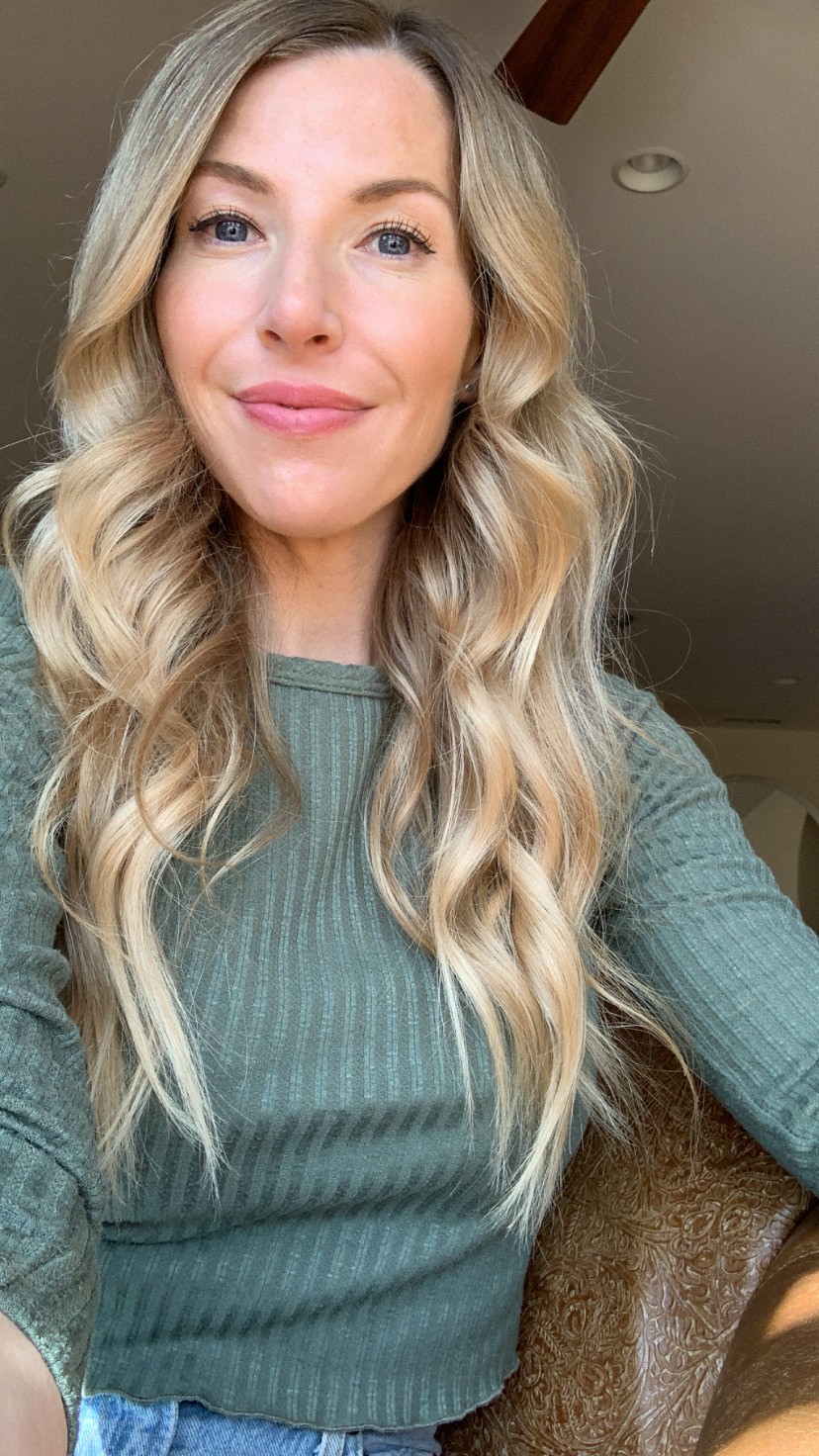

Jennifer , love having you share your insights with us. Before we ask you more questions, maybe you can take a moment to introduce yourself to our readers who might have missed our earlier conversations?
When I was in high school, I honestly wasn’t sure what I wanted to do in life. One day, my dad turned to me while a local news reporter was talking on TV and said, “You could do that.” The more I thought about it, the more it made sense. News reporting is a wonderful mix of creativity, adrenaline, and providing information for the greater good of society. After studying broadcast news in college, I worked at TV stations across the country where I covered breaking, daily, and investigative news. I found the greatest reward in investigative news and eventually became an investigative reporter at the ABC News station in San Diego. There are endless issues to explore in the city, though I gravitated toward covering military crime, medical negligence, border problems, and sexual assault cases. The content has been heavy – really heavy, but the impact on the community has been profound. Last year, I decided to switch gears and try print journalism. Now I’m reporting for the San Diego Business Journal where I mostly cover emerging business deals in AI, biotech, biopharma, and life science.
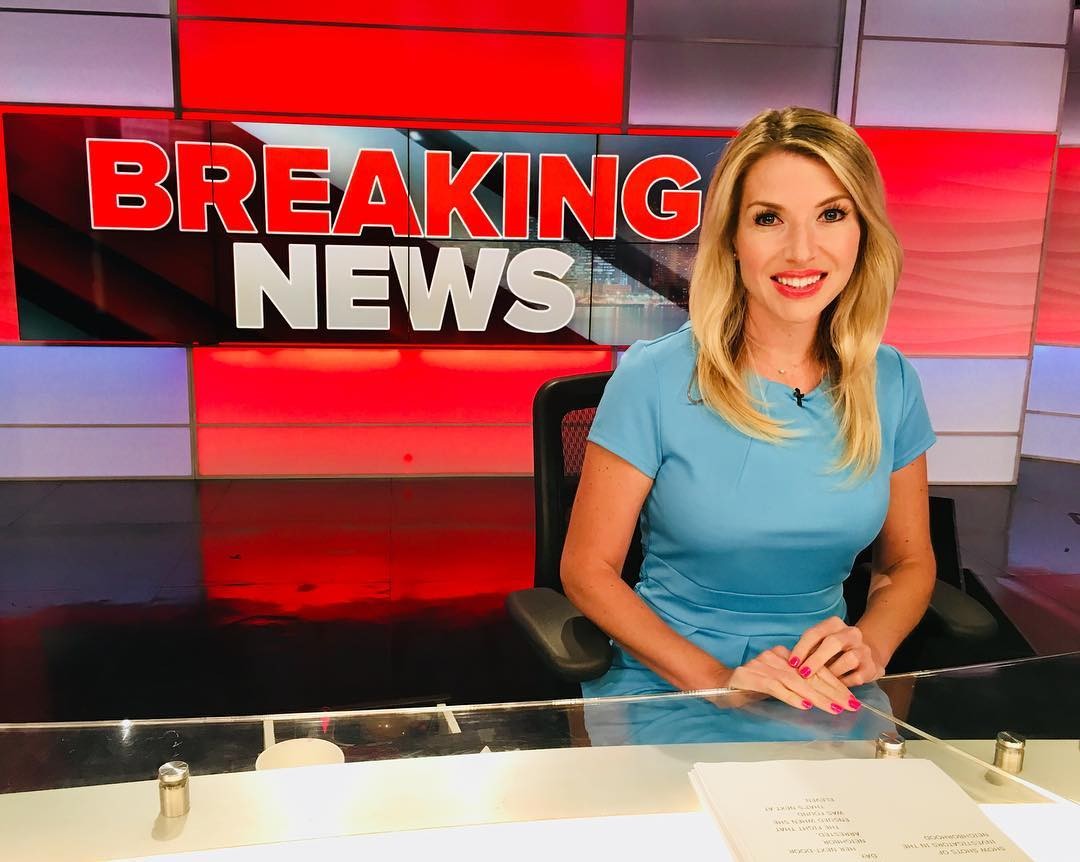
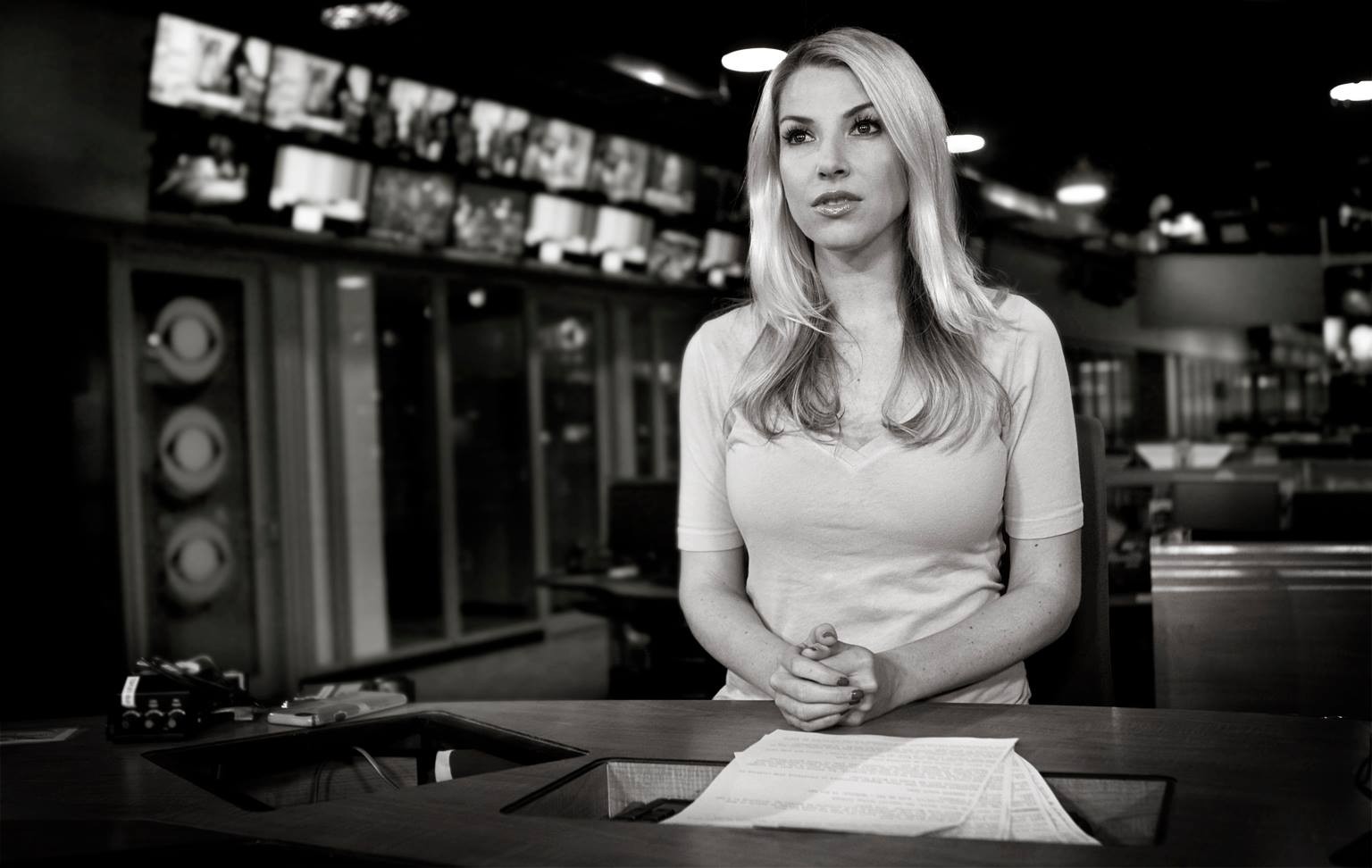
We’d love to hear a story of resilience from your journey.
There have been several times when I considered quitting this career, but I stuck it out. In my 20s, I was working at a small station in Midland, Texas where my annual salary was $21,000. Most of my food came from the dollar store. When my car broke down, I spent weeks bumming rides from friends and walking everywhere because I couldn’t afford a repair. I rocked thrift store clothes while I was on TV. An official at a government agency knew I was struggling and tried to recruit me, dangling a healthy salary offer in my face. It was so hard to turn down, but I was compelled to continue being a journalist. Later in my career when I started taking on more controversial topics, people who didn’t want me to expose them called me horrible names and threatened me with litigation. I’d lose sleep for days, wondering if it was all worth the stress. Still, I kept going. When I was hired by CBS Los Angeles, I suffered crippling panic attacks before going live on TV – tunnel vision, racing heart, hearing loss, etc. I got help, and I kept on trucking. The bottom line is that when the going got tough, I kept on fighting. I have no regrets. News reporting is one of the best things to ever happen to me and my short time on this earth is better because of it.

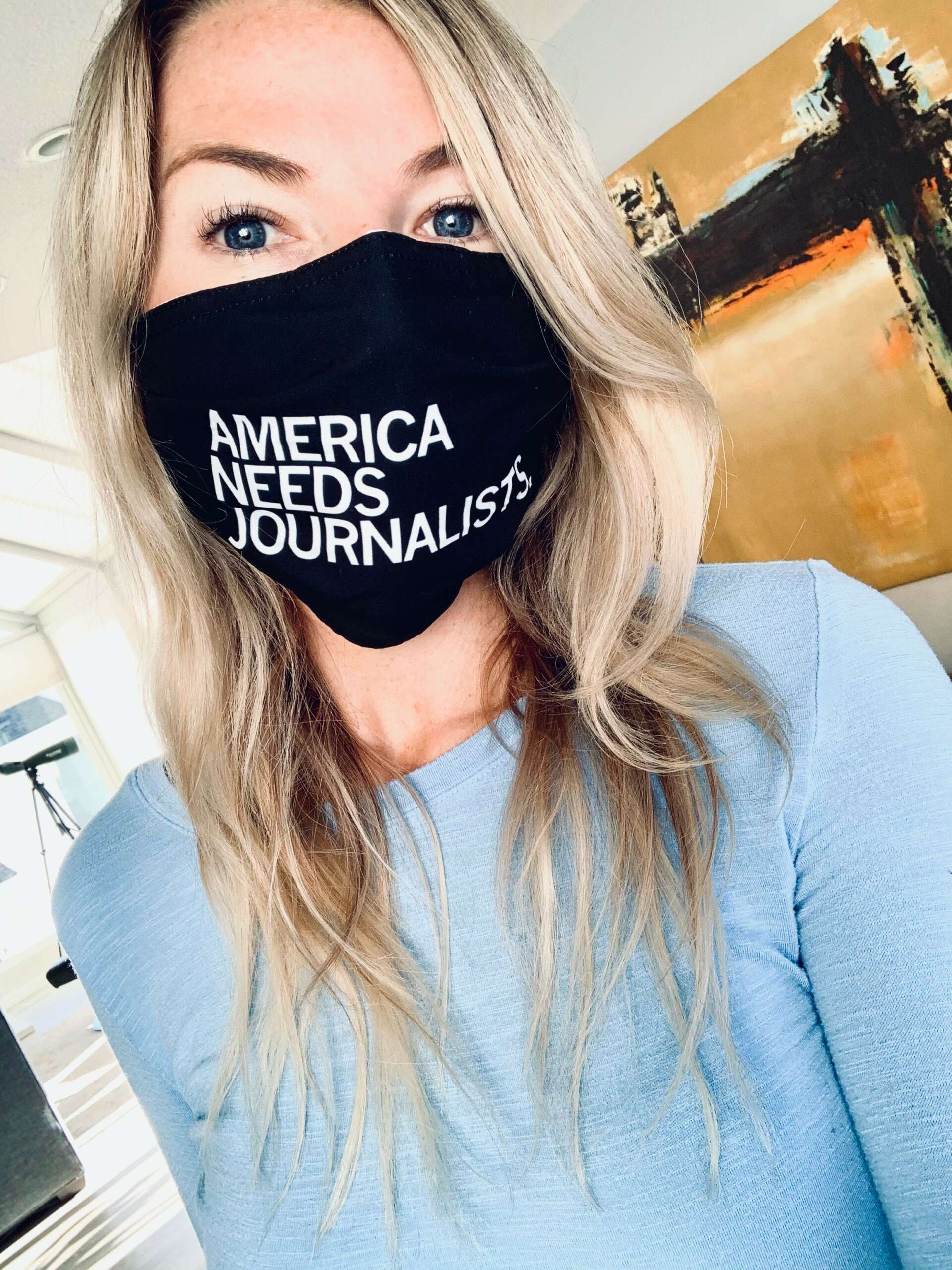
Is there a particular goal or mission driving your creative journey?
Nothing beats watching your stories lead to real change in the community – bad people getting locked up, victims getting awarded with major settlements, and officials being outed for nefarious acts. Journalists have this exciting challenge of using their words, voices, and images to craft compelling stories that make people care about issues. The creativity results in real progress.
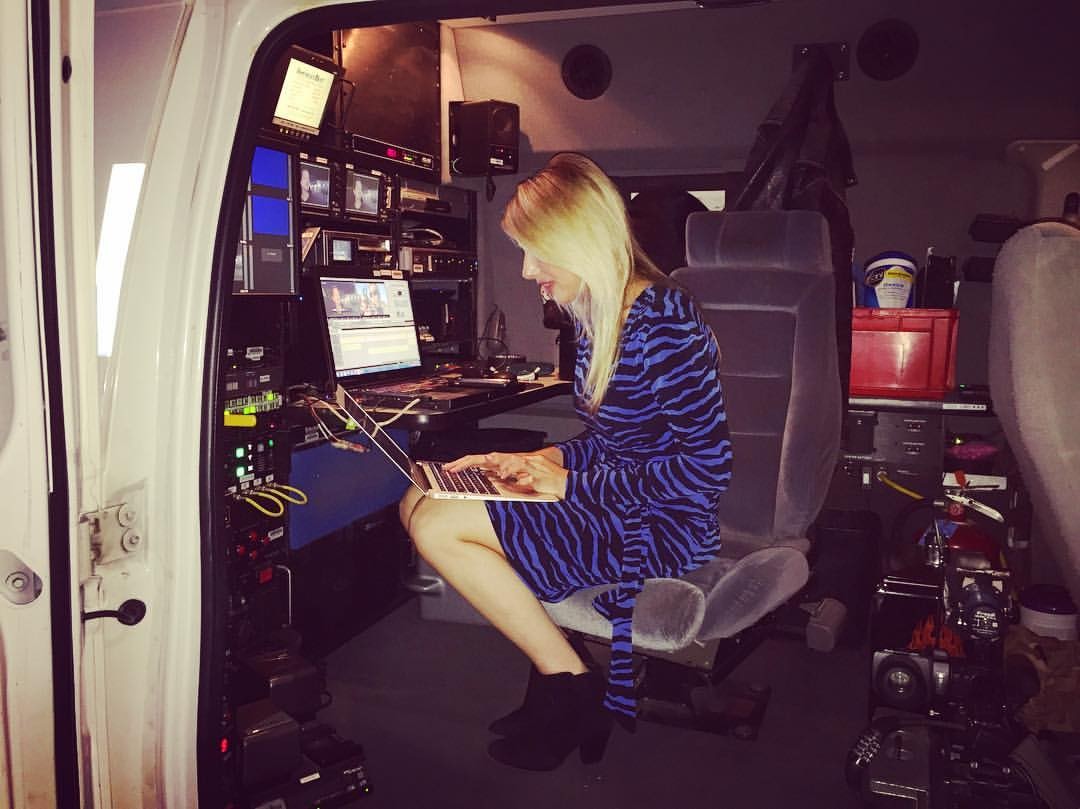
Contact Info:
- Website: https://www.sdbj.com/author/jkastner/
- Instagram: https://www.instagram.com/jenniferkastner10news/
- Facebook: https://www.facebook.com/JenniferKastnerTV/
- Linkedin: https://www.linkedin.com/in/jenniferkastnernewsreporter/
- Other: https://www.sdbj.com/media/kastner-joins-san-diego-business-journal/


